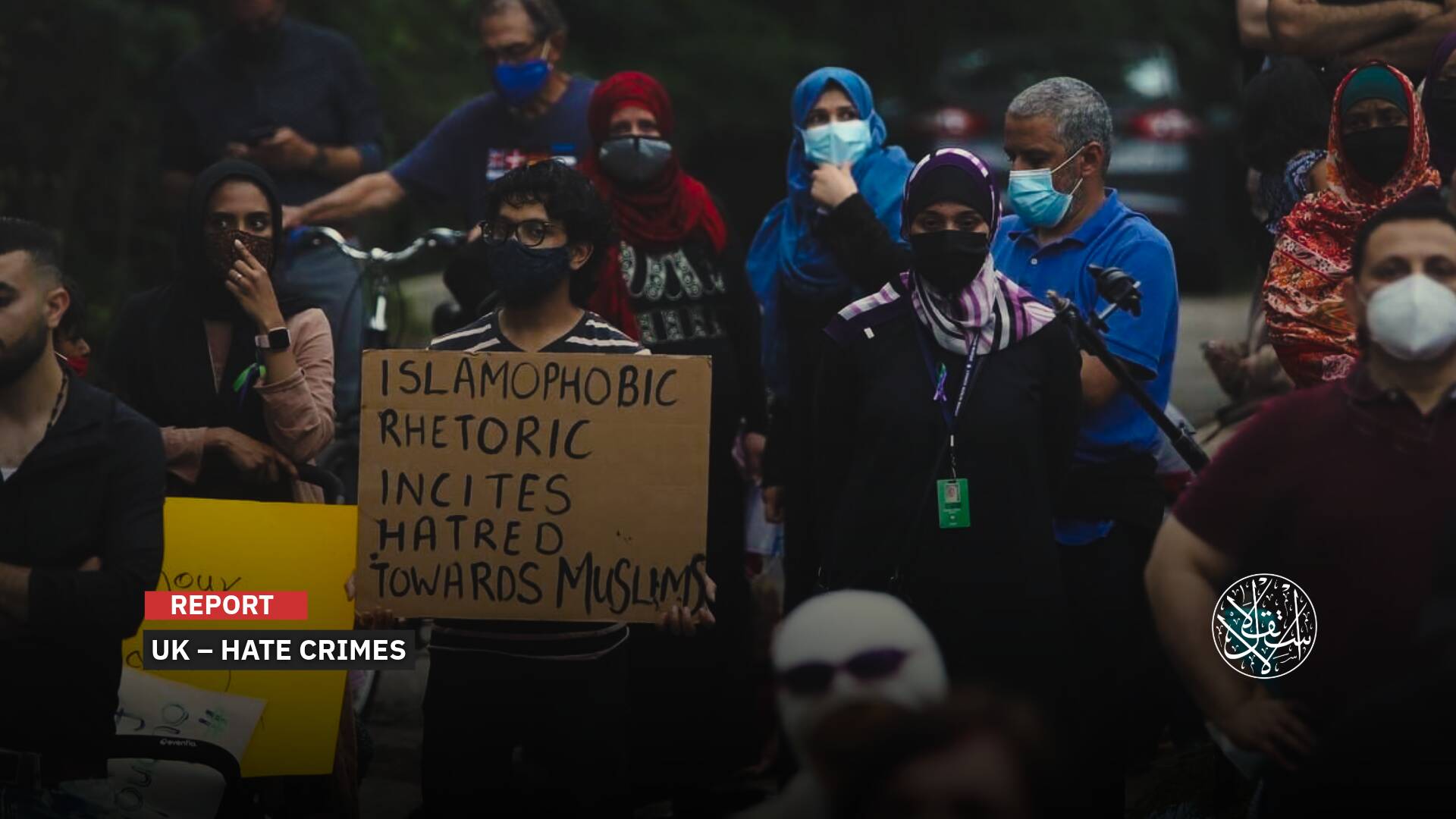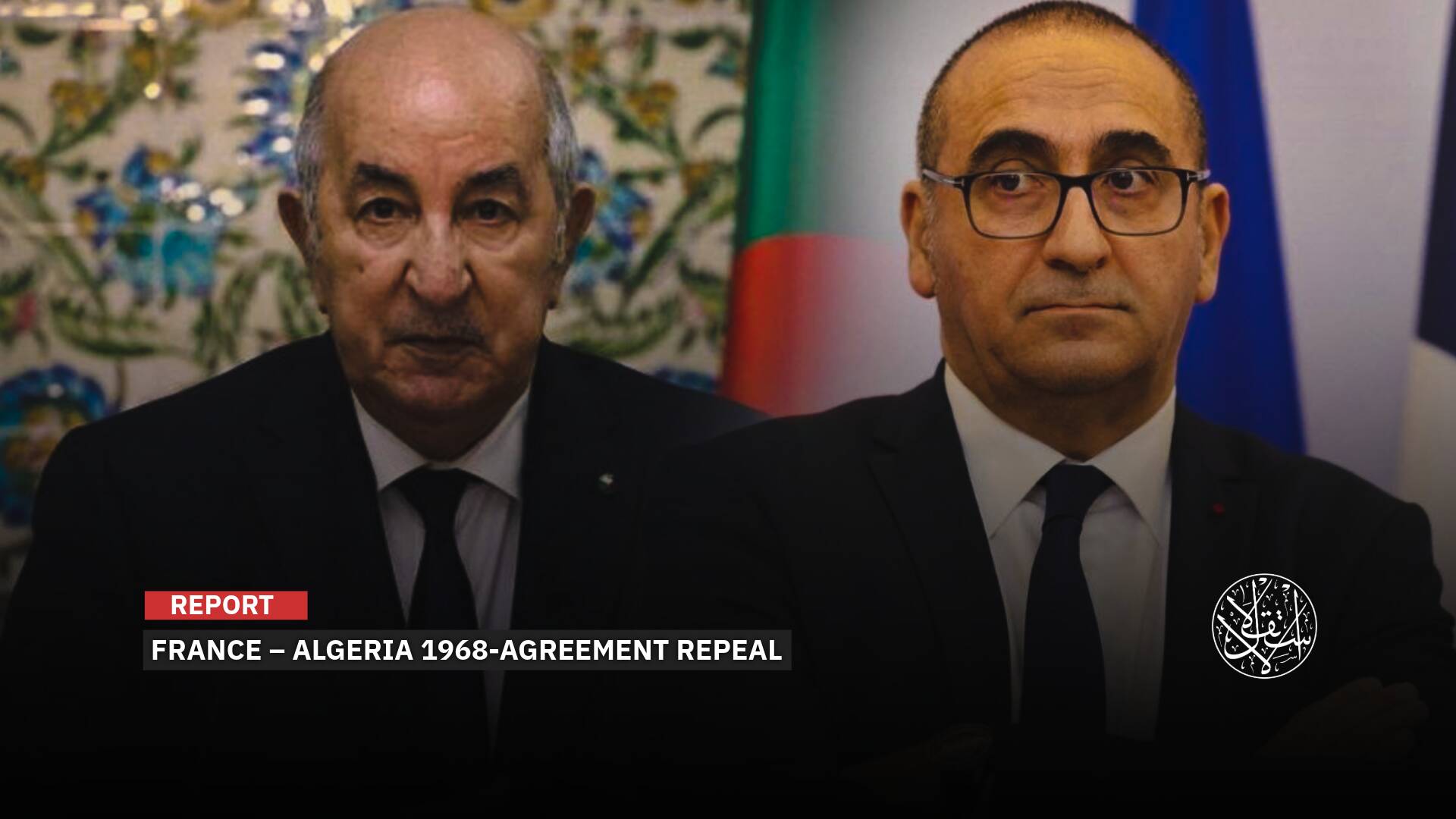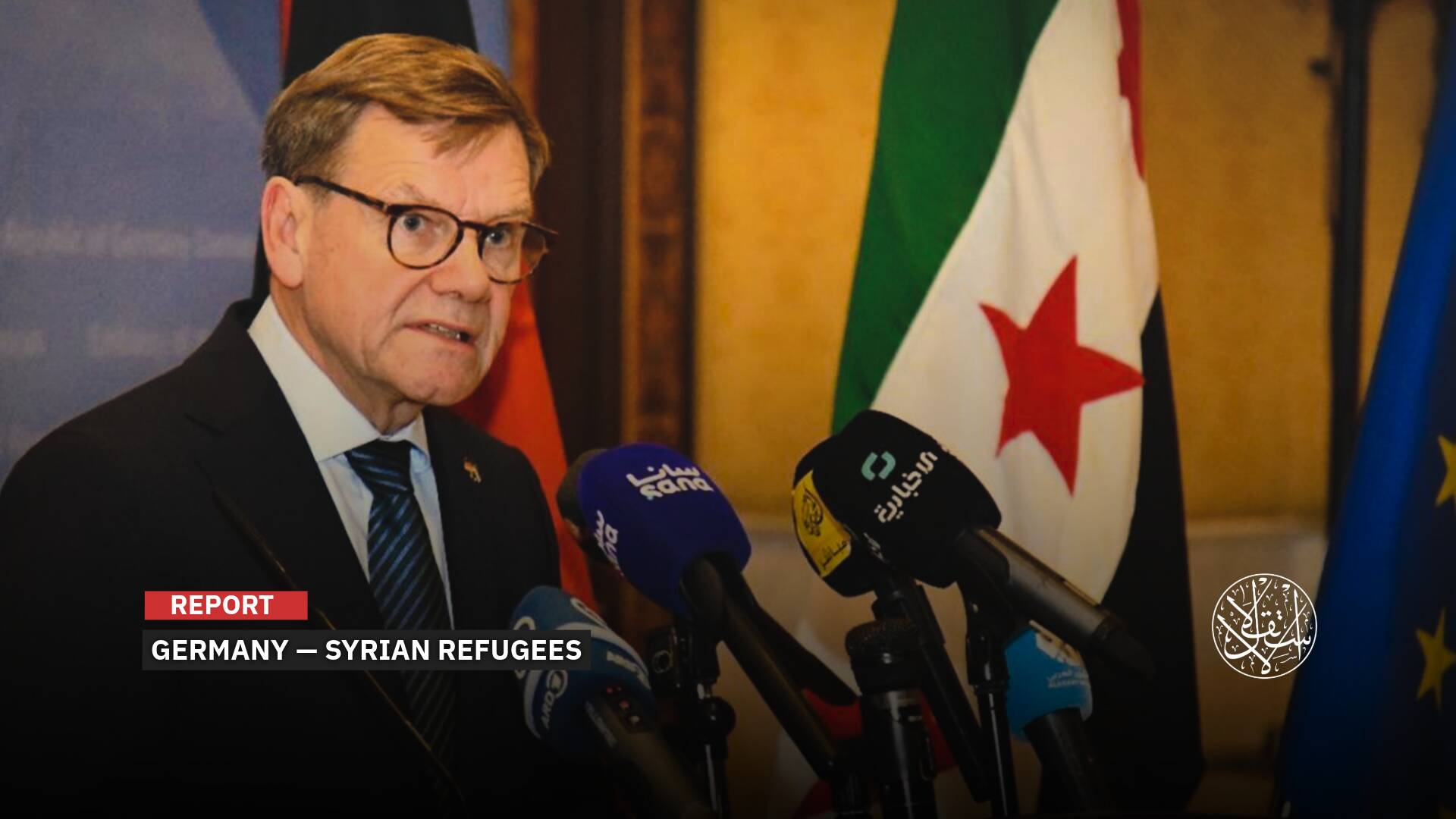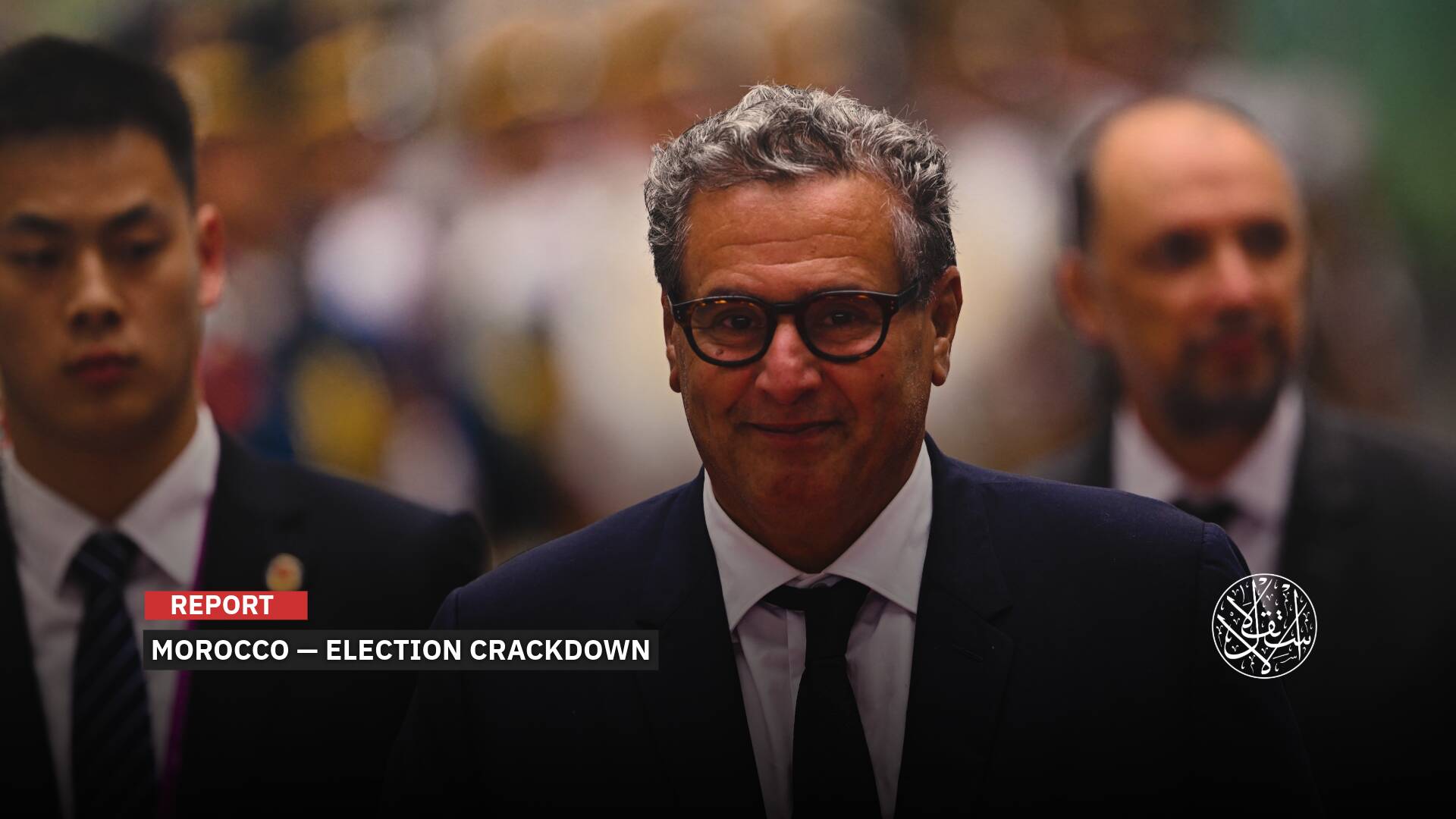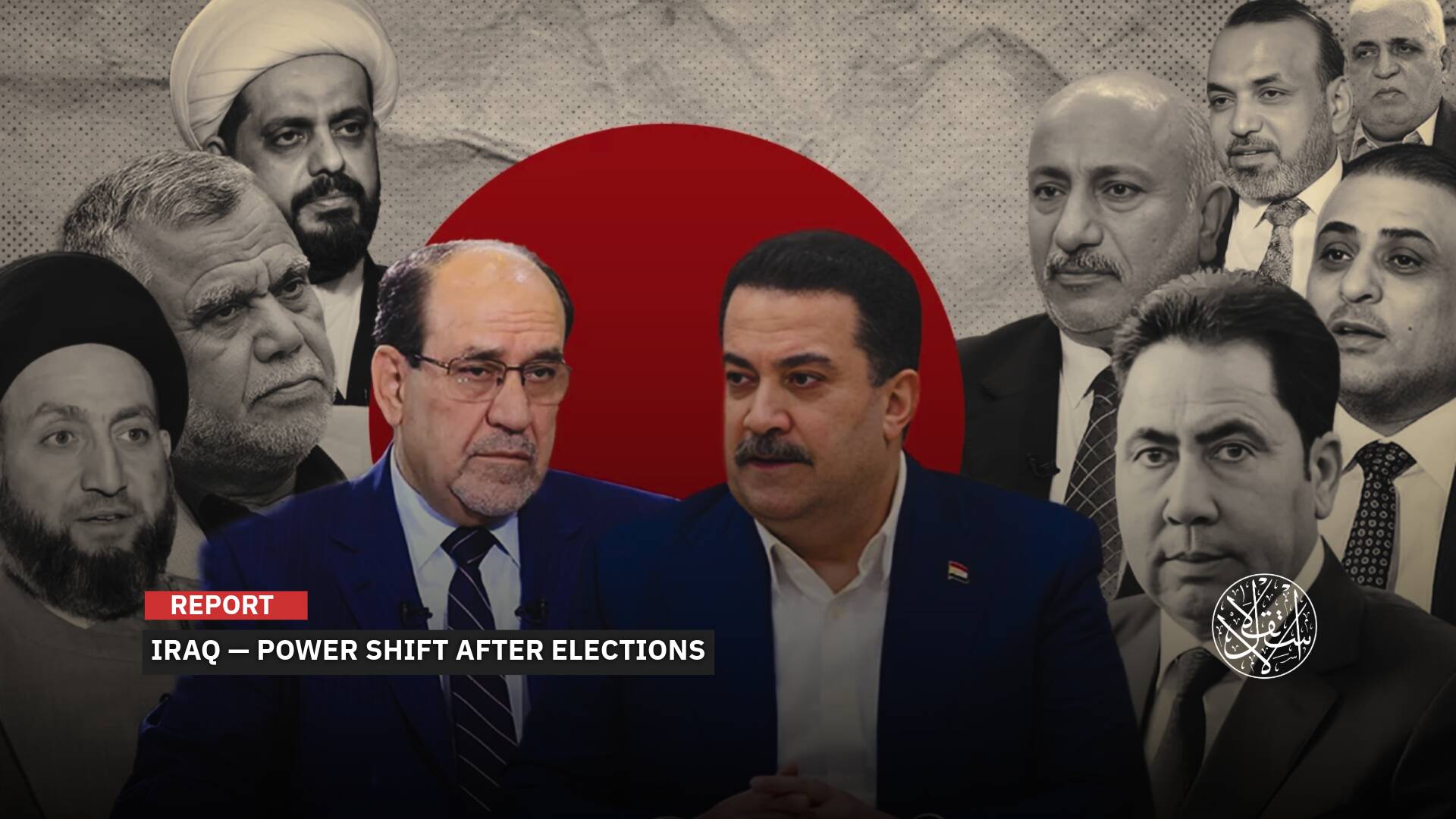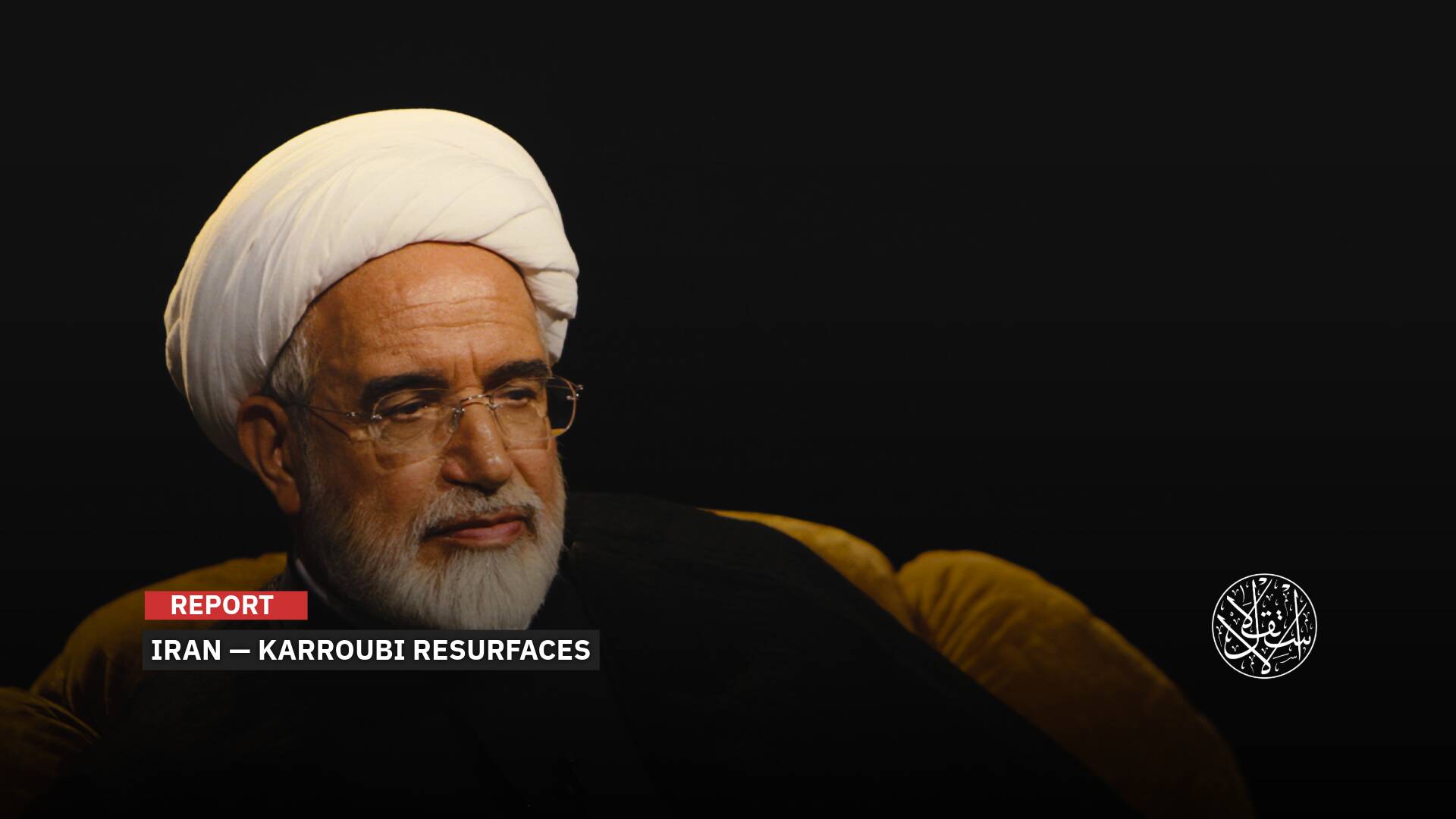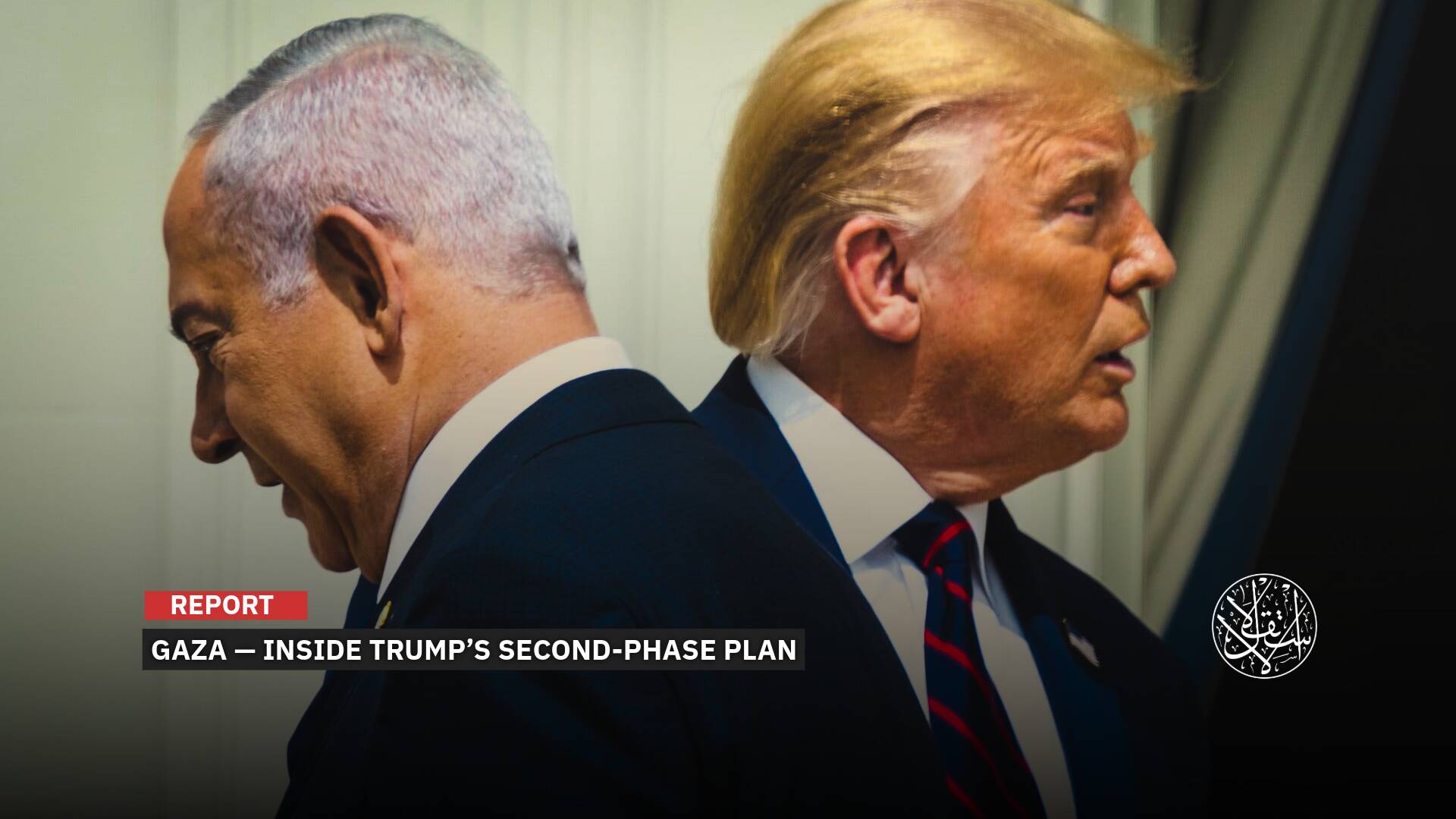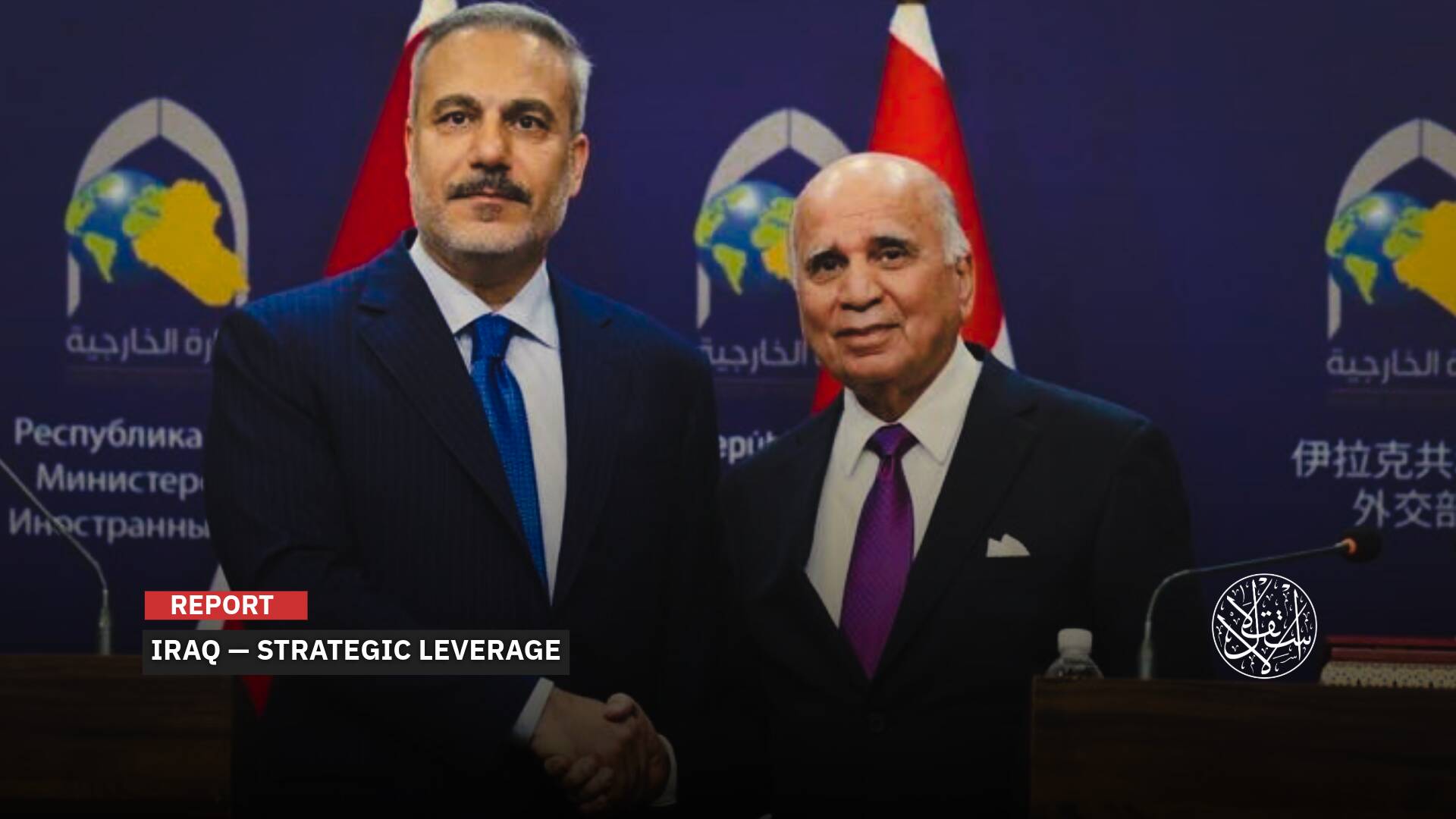What Are the Expected Scenarios for ‘the Security Agreement’ Between Syria and the Israeli Occupation?
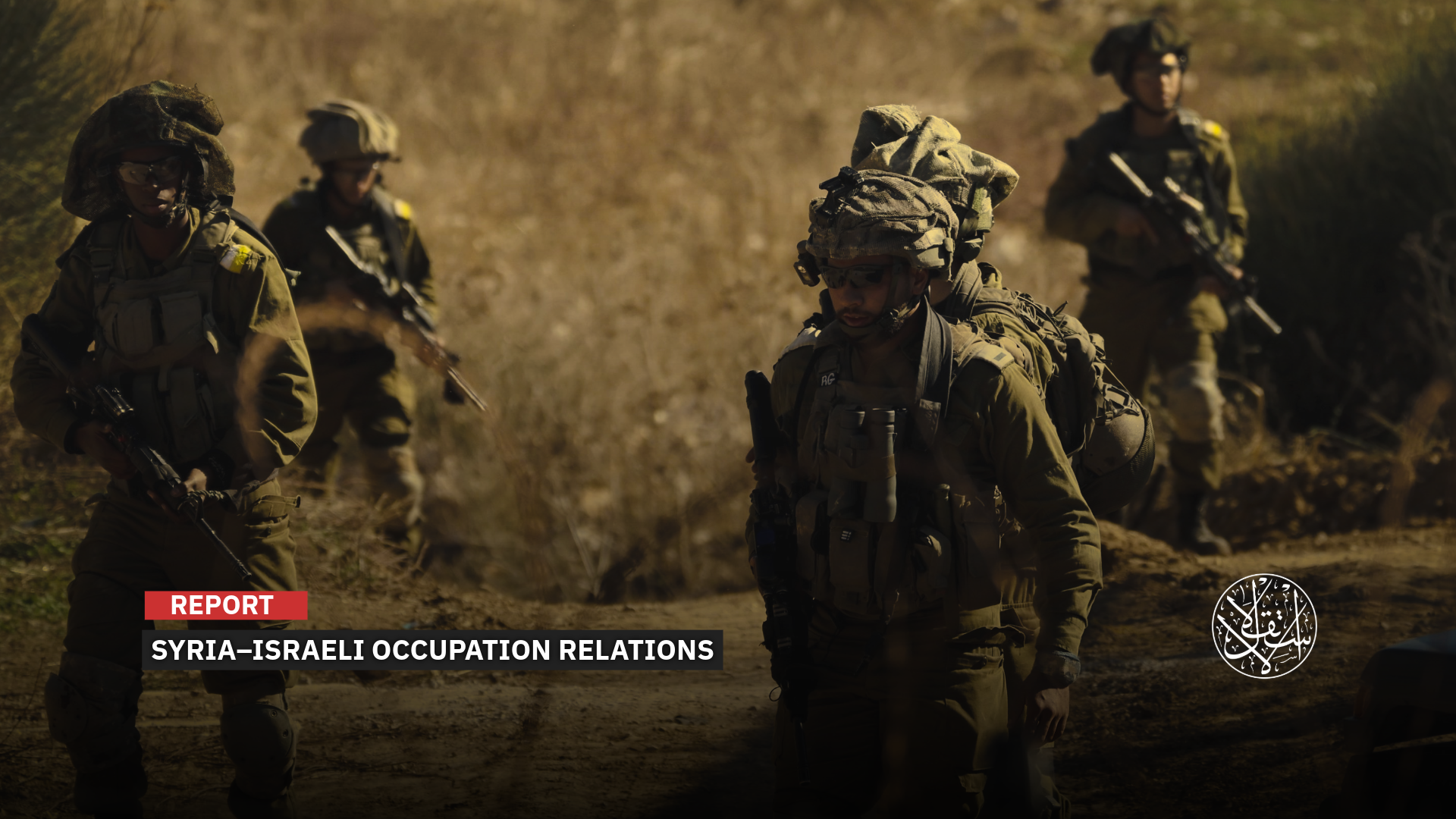
The only option on the table now is negotiations that would halt Israeli violations in Syria.
Damascus is moving toward drafting a new security agreement with Tel Aviv, but the arrangements appear neither simple nor ready for implementation amid the tangled situation in southern Syria following a series of Israeli Occupation violations after the fall of Bashar al-Assad’s regime.
Relations between Syria and “Israel” had long been governed by the 1974 Disengagement Agreement signed with Hafez al-Assad’s regime, until Tel Aviv announced on December 8, 2024, that it was no longer in effect.
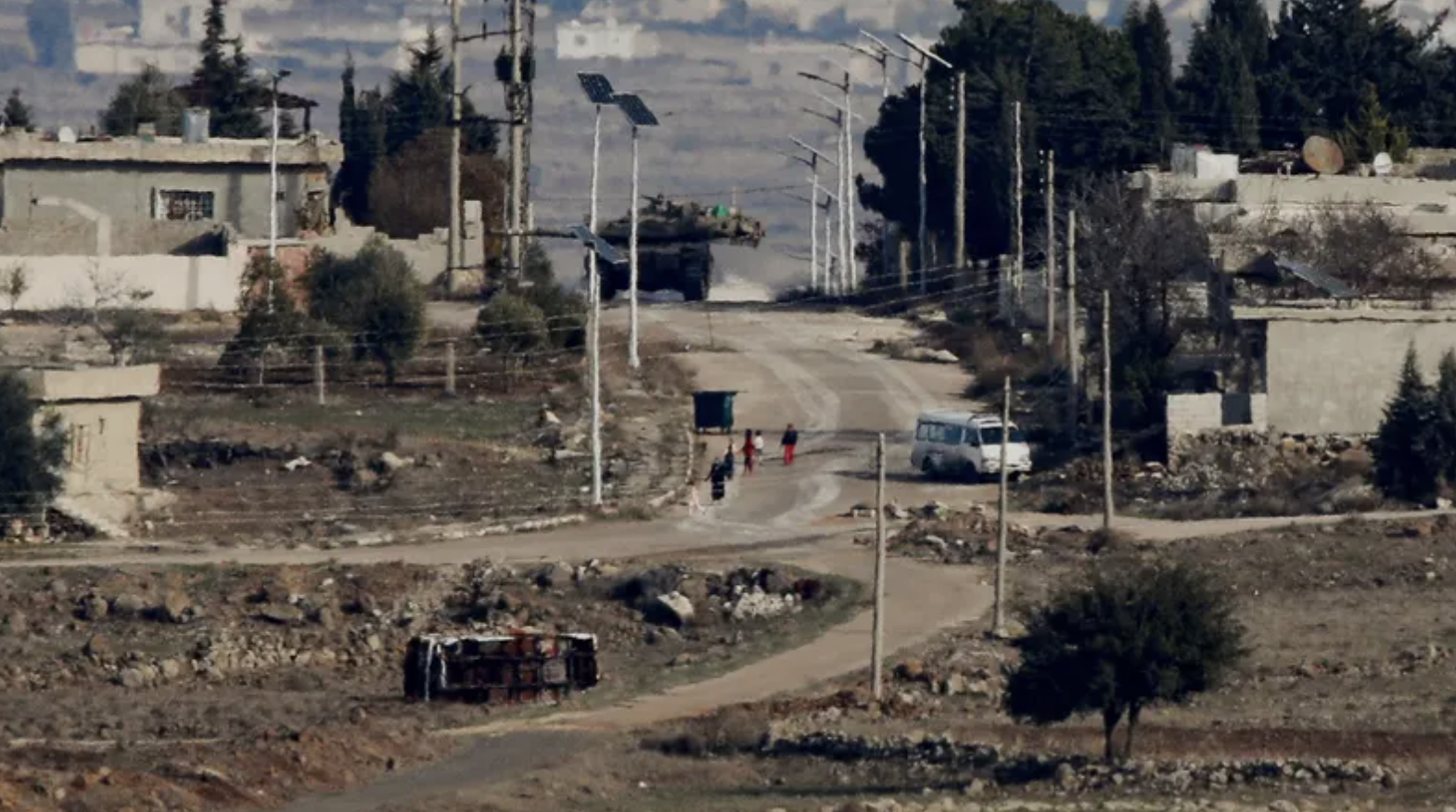
Syrian–Israeli Negotiations
Since then, Syria’s new leadership has devoted most of its diplomatic efforts to defining its relationship with “Israel” and stopping its violations, bombardments, and occupation of new territory.
Syrian Foreign Minister Asaad al-Shaibani held talks with Israeli Strategic Affairs Minister Ron Dermer, the first of which took place in Paris on August 19, 2025, to discuss “security arrangements along the Syrian–Israeli border.”
In a new step, Syria’s President Ahmem al-Sharaa confirmed that Damascus is negotiating with “Israel” to reach a security agreement under which Israeli forces would withdraw from areas they occupied after the fall of Bashar al-Assad’s regime.
“We are now in the stage of negotiations and discussions,” al-Sharaa said in an interview with Syrian state television broadcast on September 12, 2025.
“Israel considered, with the fall of the regime, that Syria had exited the Disengagement Agreement despite the new leadership’s commitment to it from the very first moment,” he added.
Al-Sharaa noted that current talks aim to restore conditions to what they were before December 8, 2024.
Syria and the Israeli Occupation do not have diplomatic relations and have remained officially at war since 1948.
After scrapping the Disengagement Agreement, “Israel” seized Mount Hermon along with villages and lands more than 25 kilometers deep inside Syria, in addition to its decades-long occupation of the Golan Heights. Mount Hermon, or Jabal al-Sheikh, straddles Syria and Lebanon, overlooks the occupied Golan, and can be seen from Jordan.
Israeli Occupation army patrols now move along designated routes in rural Quneitra, resembling a military line carved between villages. “Israel” has also set up military outposts in the area while launching an intimidation campaign against residents in southern Syria.
The Israeli Occupation has carried out hundreds of airstrikes and pushed deeper into the south, while Syria’s new authorities have refrained from responding. These operations destroyed roughly 85 percent of the strategic military capabilities inherited from Assad’s regime.
On August 25, al-Shaibani accused the Israeli Occupation of violating the 1974 Disengagement Agreement by “establishing intelligence centers and military posts in restricted areas to serve its expansionist and divisive project.”
He stressed that these violations aim to tear apart Syria’s national fabric, rekindle sectarian strife, and turn the occupied Golan into a base for swallowing more land, but Syria will remain immune to partition.
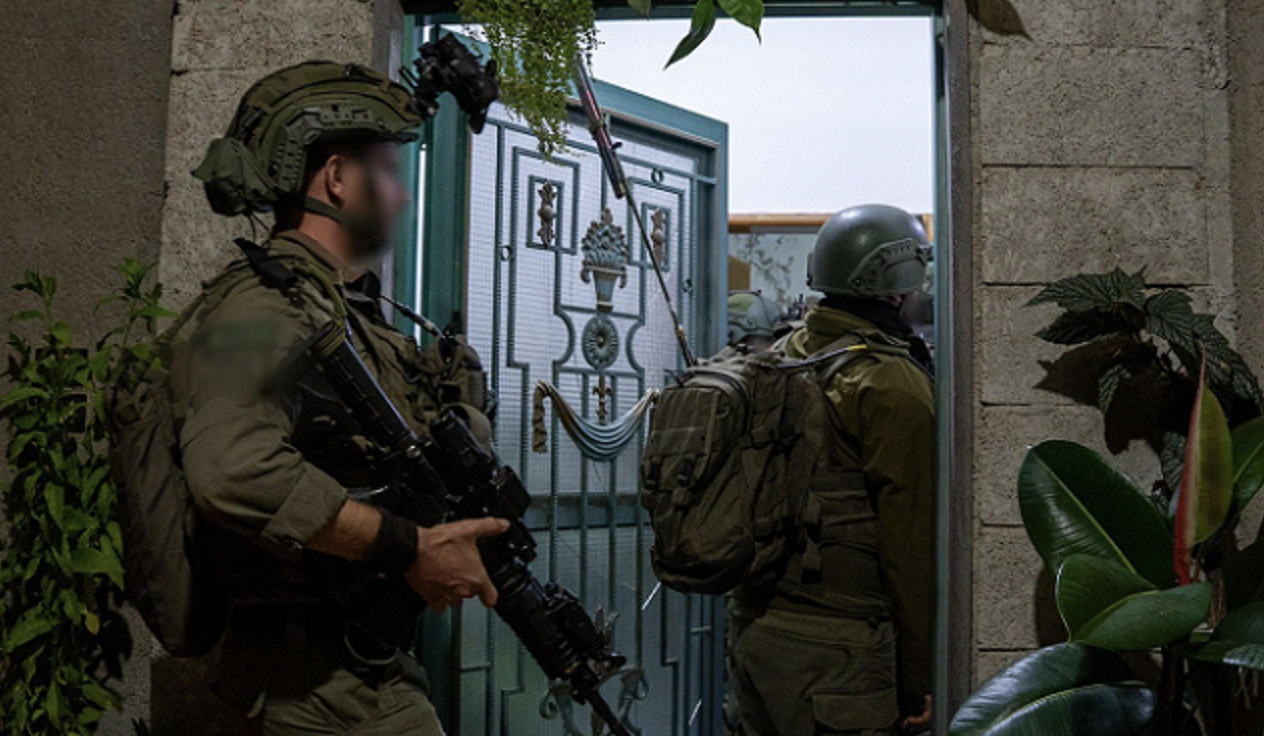
Security Arrangement
In recent weeks, Damascus has stepped up its diplomatic efforts with mediation from Azerbaijan, France, and the United States to prevent “Israel” from imposing a new military and security reality in southern Syria.
Syria and the Israeli Occupation have held direct meetings aimed at easing security tensions and avoiding escalation in the buffer zone between the two sides.
The Jerusalem Post reported on September 12, 2025, that Washington is pushing for tangible progress toward a Syrian–Israeli security agreement before the UN General Assembly session scheduled for September 22–26, which both Syrian president Ahmed al-Sharaa and Israeli prime minister Benjamin Netanyahu are expected to attend.
Retired Brigadier General Abdullah al-Asaad, head of the Syrian Center for Strategic Studies Rasd, said the security arrangement “will be based on two points: the period from the signing of the Disengagement Agreement in 1974 until Assad’s fall and the period since 2024.”
“Israel’s advance beyond the disengagement line had become a reality imposed on Syria after the collapse of Assad’s regime and the cancellation of the 1974 deal,” he told Al-Estiklal.
According to al-Asaad, “Israel” has no interest in discussing the occupation of the Golan Heights or other Syrian territories recognized by the UN. Instead, it is working to capitalize on the new dynamics it created in southern Syria since December 2024.
He noted that any security arrangement will be difficult, as “Israel” is unlikely to negotiate over the Golan, and said international guarantors such as Turkiye and the United States will be needed to ensure Israeli compliance with any withdrawal from Syrian lands occupied after Assad’s fall.
Al-Asaad stressed that ending Israeli ground and air violations must be central to the new security framework, alongside agreements on the size and nature of forces stationed along both sides of the border.
Meanwhile, the Israeli Occupation continues to shape its own strategies in Syria while signaling a willingness to keep the border relatively calm.
At a meeting in late August 2025 with Druze spiritual leader Muwaffaq Tarif and other community figures, Netanyahu said discussions were underway to establish a demilitarized zone in southern Syria and to open a humanitarian corridor for aid deliveries to Sweida, a Druze-majority city.
Sweida has seen separatist currents led by the province’s top Druze cleric, Hikmat al-Hijri, who openly appealed for Israeli Occupation support in this project.
Israeli Channel 12 quoted Foreign Minister Gideon Sa’ar on July 16, 2025, as saying, “Our interests in Syria are known, limited, and clear. First of all - to maintain the status quo in the southern Syrian region, which is also close to our border. And to prevent the development of threats against Israel in this area.”
“The second thing - to prevent harm to the Druze community, with which we have a bold and strong relationship - with the Druze citizens here in Israel.”

Available Options
Given the current situation, experts say Syria’s leadership has few choices in responding to Israeli incursions and attacks.
For now, the only realistic path is diplomacy, as “Israel’s” military superiority leaves Damascus with little room to maneuver.
Turkiye has repeatedly condemned Israeli Occupation aggression on Syria, while at the same time preferring to pursue diplomatic efforts to avoid a broader confrontation that could further complicate both the Syrian and regional landscape.
Turkish Foreign Minister Hakan Fidan warned of “Israel’s growing regional expansion,” cautioning that renewed instability in Syria would pose major risks.
In a May 11, 2025, television interview, Fidan stressed that Turkiye cannot stand by idly. On September 12, he added that “Israel’s” plans in Syria must be challenged, saying, “Israel wants to see divided, fragmented, weak neighbors. They don’t want to see countries that are economically or politically well-off. That’s why Israel’s neighbors must be economically weak and politically divided.”
Speaking at a press conference at the Institute of International Affairs in Rome, he argued that Syria’s stability is vital for Europe’s security and peace. Full support must be given to the Syrian government so it can recover and provide essential services, including safety and security, to its people.
Nawar Shaban, a Syrian researcher at the Harmoon Center for Contemporary Studies, told Al-Estiklal that the most realistic agreement between Syria and the Israeli Occupation “at this stage” is a return to the 1974 disengagement lines.
He said the immediate priority should be limiting Israeli violations to create a foundation for a second phase of negotiations. “What is possible right now are talks that lead to halting Israeli violations in Syria, not only airstrikes,” he added.
Shaban pointed to a broader pattern of violations that go beyond bombing campaigns, including land seizures, arrests of residents in the south, home searches, new checkpoints in Quneitra, and interference in local politics through the Sweida file.
He added that once these challenges are addressed, negotiations could move to firmer ground, including discussions of Israeli withdrawal from territory seized after Assad’s fall, though he doubted “Israel” would do so easily given its growing aggression across the region.
“Shifting regional dynamics could play an important role in paving the way for talks that ultimately lead to an Israeli pullout from Syrian land,” Shaban concluded.
Sources
- FM Sa’ar’s statement regarding the situation in Syria
- Israel continues to seek more territory, says Foreign Minister Fidan
- Fidan calls for global action on 'Gaza genocide' at Rome conference
- Sharaa says Syria in talks with Israel on security deal
- Syria: Israel Sets up Military Bases in Restricted Areas to Serve Its Expansionist Project [Arabic]


